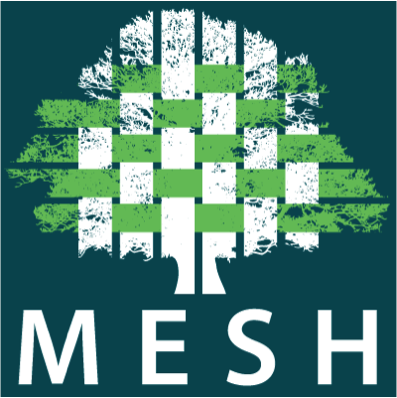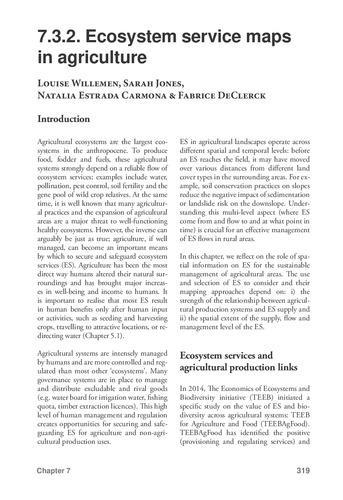Mapping Ecosystem Services to Human well-being - MESH

Mapping Ecosystem Services to Human well-being – MESH – is an ecosystem service assessment and mapping toolkit developed by Bioversity International, CGIAR and the Natural Capital Project in support of a Science for Nature and People (SNAP) project on ‘Making Ecosystems Count in the Sustainable Development Goals (SDG)’. MESH calculates and maps ecosystem service supply under different landscape management scenarios. MESH has built-in scenario generation tools, multiple ecosystem service supply evaluation, visualization of output maps and automated reprogramming functionalities.
MESH is a software tool written in Python. MESH runs-on a backbone of InVEST toolkit models but can also run on other user-installed ecosystem service models. With simultaneous calculation of multiple ecosystem service values across multiple user-created scenarios, MESH allows for simple and quick comparison of trade-offs between ecosystem services both within and between landscape management scenarios.
In what context is this tool useful?
MESH is applicable at the landscape level (e.g. basin, community, national) anywhere in the world using freely available global datasets or higher resolution local ones if they are available.
This tool can help researchers and policy makers manage the complexity of today’s global challenges, food security, environmental sustainability, and poverty reduction. It can support policy makers to visualize the link between SDGs and the benefits that ecosystem services can contribute to human well-being, such as access to clean water, risk of malnourishment or exposure to malaria.
Results achieved
Researchers use MESH to understand potential synergies and trade-offs between ecosystem services and their users, as agriculture expands, intensifies, diversifies, or as non-agricultural land uses and/or management changes. The results can help guide and integrate agricultural, development and environmental conservation planning. Currently five ecosystem services are modelled by MESH:
- Carbon Storage and Sequestration (tonnes/ha/yr)
- Erosion control (sediment retention, tonnes/yr)
- Water Provision (M3/yr)
- Water Quality (avoided nitrogen export, kg/yr)
- Water Quality (avoided phosphorus export, kg/yr)
MESH provides narrative outputs to help users understand how changes in ecosystem service provision contribute to stated SDG goals and targets. Freely available global datasets are embedded into the MESH model interface to facilitate rapid global analyses and analyses in data poor areas.
“MESH assists you in generating scenarios – creating living maps that tell a story – while simultaneously calculating multiple ecosystem service metrics across a landscape and visualizing results inside the tool’s interface,” said Natural Capital Project’s economist, Dr. Justin Johnson.
Variations on this method
MESH is unique; however, it uses Natural Capital Project Invest ecosystem service models which are also available as standalone tools.
MESH is adaptable based on situational needs. Other models can easily be incorporated into MESH via a model plugin framework.
MESH SDG is an extension of MESH. It is a programming script written in R. It will generate outputs and indicators that are specific to the Sustainable Development Goals (SDG), based on findings from research and stakeholder consultation during a Science for Nature and People (SNAP) project.
MESH-SDG is designed for use after running an ecosystem service assessment tool such as MESH. Researchers use MESH-SDG to understand how changes in ecosystem services under alternative land management scenarios may affect ecosystem contributions to achieving the SDGs. Since the SDGs are of global importance and national interest, this helps to show the policy relevance of ecosystem service assessment outputs.
MESH-SDG links ecosystem change to six SDGs: food security (SDG2), health (SDG3), water (SDG6), sustainable cities (SDG11), climate (SDG 13) and conservation of terrestrial ecosystems (SDG15).

